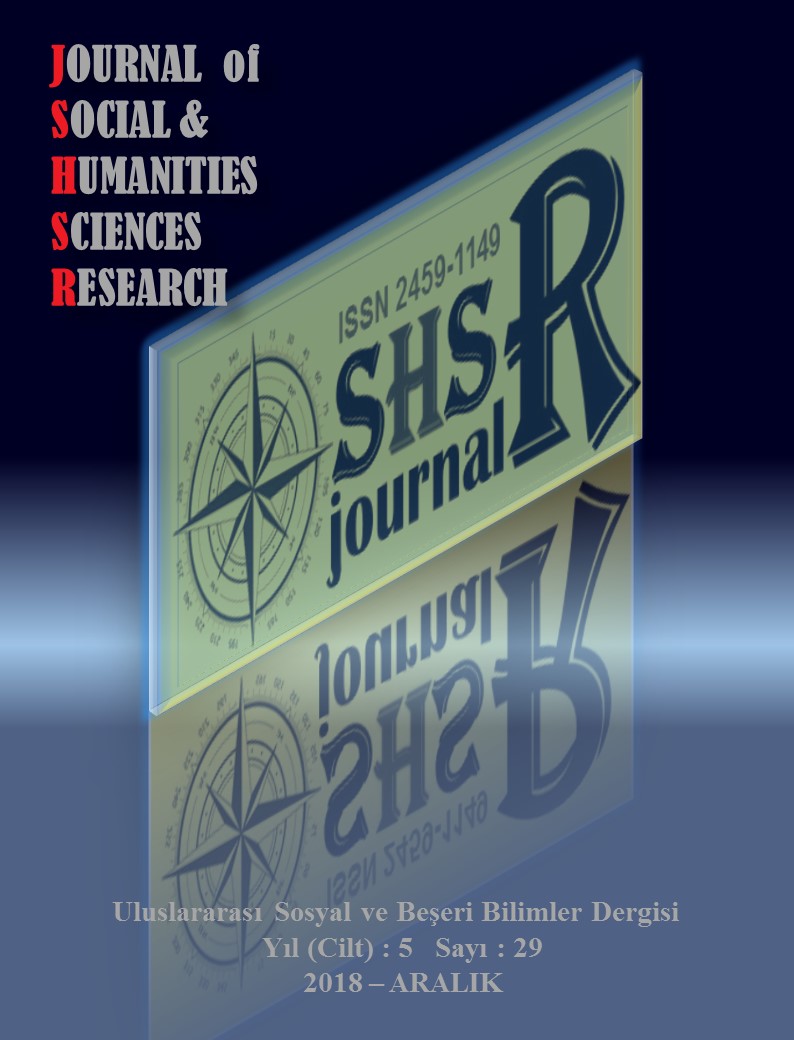LOCAL LANDASCAPES AND CONSERVATION ISSUES: CAPPADOCIA CASE
DOI:
https://doi.org/10.26450/jshsr.842Keywords:
Local landscapes, conservation, Cappadocia, conservation ıssuesAbstract
Local landscapes as sub-components of the cultural landscapes are the formations shaped by humankind that are blended with the regional natural and cultural values keeping their original character. In order to consider such an environment as a local landscape, that specific area has to be identifiable with it’s traditional, cultural and vernacular qualities as well as reflecting the cultural interaction of the area in it’s landscape.
Local landscape areas are composed of nature and human interaction where natural environmental characteristics, specific cultural elements, environmental resources and local opportunities, are ecologically balanced and can be sustained. Local landscapes, the natural environment and cultural traces in properties they own as well as traditional architecture and conservation are areas that need to be passed on to future generations.
Urban life with its changing, developing and growing cultural dynamics poses risks on the preservation and sustainability of the local landscape formation. The determination of the components of local landscapes and it’s preservation with the right tools and appropriate methods can be possible if and only if with a comprehensive and integral conservation approach compromising cultural, economical, environmental and aesthetical aspects of landscape.
Cappadoccia Region geographically surrounded with, Erciyes Mountain in the south, Hasan Mountain in the east, Kızılırmak River in the north and Tuz Lake in the west and consisting Nevşehir, Kırşehir, Aksaray, Kayseri, Niğde provinces is a unique land with its natural and cultural assets has been registered as a World Heritage Area by UNESCO in 1985.
Cappadoccia region has a unique geological structure formed as a result of the explosion of volcanic mountains in the upper myosen age. These explosions were resulted with the formation of the plateau by the spread of lava and tuff. On the other hand, the deterioration of the has at caused by the river and rainwater run off caused the formation of fairy chimneys and badlands and slopes as unique natural values.
Cappadoccia Region; has many sub-settlements such as Ürgüp, Zelve, Mustafapaşa, Avanos and Uçhisar. In these settlements, there are ruins of settlements belonging to paleotic, neolithic and chalcolithic periods and Ihlara Valley, which is unique in the world, and fairy chimneys and badlands formed by natural erosions. Besides Cappadocia Region has many cultural values such as monumental buildings, original rock churches and underground cities and traditional houses reflecting the vernacular character of the region are showing multi layered cultural and natural values of the area.
The main material of the study is the sub-settlements of Cappadoccia as mentioned. First of all, literature study was made, then site studies were held to identify the original and unique local landscape characteristics of the area. And at the final stage, the data obtained from the site analysis studies were synthesised and the conservation issues, problem and potential were discussed and proposals were offered.
Downloads
Published
How to Cite
Issue
Section
License
Copyright (c) 2018 INTERNATIONAL JOURNAL OF SOCIAL HUMANITIES SCIENCES RESEARCH

This work is licensed under a Creative Commons Attribution 4.0 International License.


